To Fix Your Sleep Apnea…Look In Your Nose
It is a known fact that obstructive sleep apnea (OSA) is a throat issue 100% of the time. Period.
In its simplest definition, it is a blockage in your throat - the tongue and soft palate relax, the muscles and tissue collapse, and the airway narrows. This causes you to stop breathing when you sleep (which comes with a whole host of other issues) because your own body is literally choking you, on and off, for as many as 100 times per hour. Depriving you of oxygen and forcing your brain into a constant fight or flight mode.
So, since it's always a throat issue, it only makes sense for us to first address your nose…
No, that's not a typo. ADVENT has a "nose first" approach because we believe-and have proven-that OSA is a throat problem made worse with a nose that is too tight. What does this mean? Anything obstructing airflow in the nose, from oversized turbinates to cramped sinus passages to a crooked septum can take a toll on your sleep. This can even be part of the origin of your sleep apnea. The simple fact is, if your nose isn't working the way it's supposed to, no snoring, sleep apnea or sinus treatment will work either. This is why we focus on getting your nose to work properly, so you can breathe the way you were designed to breathe - through your nose, freely and easily.

Picture a lake that is connected to a river. If a clan of beavers was to take up residence and dam off the water flow, the lake would dry up. To refill the empty lake, you have one of two options:
- You could slowly and tediously refill the lake, bucket by bucket.
- Or you could travel upstream and remove the dam to reinstate the natural water flow.
OSA may be a throat issue, but fixing your nose first can lead to greater success with treating your too-tight throat and decreasing your sleep apnea symptoms. That's why our primary focus is The Breathing Triangle®.
What is The Breathing Triangle®?

The Breathing Triangle® consists of the three passages in your body that you can breathe from. Two are in your nose and the other is in your throat. When even one of these passages is not functioning correctly, serious issues like chronic sinus headaches, congestion, snoring, or sleep apnea can develop. What’s more, these issues can lead to a tidal wave of other downstream health problems that will put a limit on your life.
This is why it is important to focus exclusively on solving issues of your Breathing Triangle so you can breathe freely 24/7 through your nose and not your mouth.
3 Things You Might Not Know About Your Nose…
Your nose is more than just a lump of cartilage and tissue on your face. It's an important, hard-working, and rather impressive entry point to your respiratory system-the gateway to your airway. Your nose is the window into your sinuses and lungs and is a necessary piece to better breathing, better sleeping, and better living.
Here are a few things you probably didn't know about your nose and why you should take care of it (and maybe appreciate it a bit more!):
- Nasal Breathing Is Actually the Right Way to Breathe
Nearly half of adults-and even more while asleep-primarily breathe through their mouths. This leads to bad breath, dry mouth, and periodontal disease. Clearly, yes, we are capable of breathing through the mouth; however, we were not designed to. Mouth breathing lacks all of the unique benefits nasal breathing provides us.
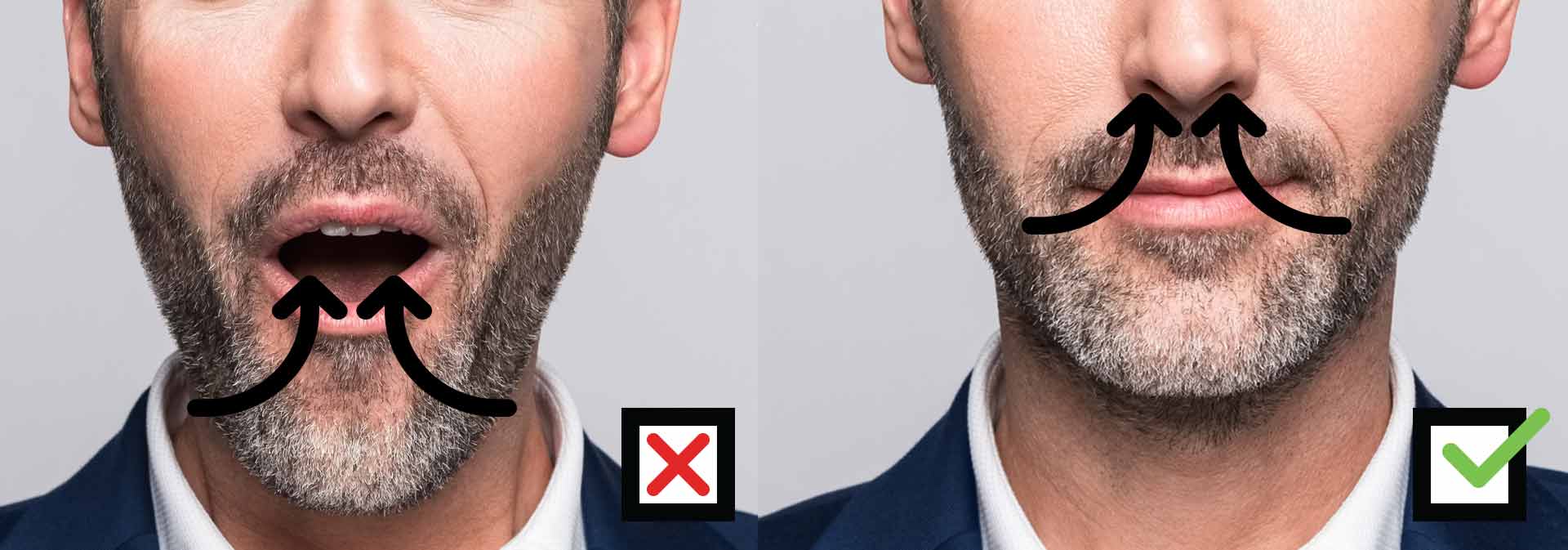
In fact, mouth breathing over time can be detrimental to your well-being. Studies have shown throughout human evolution, chronic mouth breathing has impacted the shapes of our skulls. Shifting and eroding the teeth and narrowing the soft palate. But nasal breathing does much more than just prevent this change to our bone structure.
Nasal breathing improves the volume of your lungs, it aids your immune system, reduces coughing, slows your breathing, and increases circulation. Among other beneficial things that, quite literally, keep you alive and healthy without you even having to think about it.
- Your Nose is Built Like a Mini HVAC System
Inside your nose is the most impressive natural filtration system. When inhaling through the nostrils, your nose protects your lungs by warming, humidifying, and cleansing the air. The tiny hairs and mucus lining trap invasive particles such as germs, pollen, dust and other allergens. Daily, your body produces about one quart of mucus which cleans out the filtered particles. You swallow most of it without knowing it, but when you're sick or the air is dry, this function kicks into hyperdrive to protect against these invaders. This leads to the development of the loveliest output: snot and boogers.

When you don't breathe through your nose, you are bypassing one of the greatest defenses against illness and irritation that your body has naturally. This increases your risk of infection and can even damage your sinuses, throat, and lungs.
- Your Nose's Ability to Smell Keeps You Safe… And Can Find You a Mate
You have 12 million olfactory receptor cells capable of detecting more than 10,000 scents. Your ability to smell goes beyond enjoying the aroma of a fresh cup of coffee or swooning over the scent of your baby's head. It can keep you alive by alerting you to things that may be harmful.
Smoke, gas, other fumes, and, due to smell's close relationship with taste, spoiled or rotten food. Your sense of smell protects you from things that are dangerous or toxic. (It's important to mention however, one of the most lethal gasses, carbon monoxide, is odorless and is responsible for more than 400 deaths per year in the U.S. Take precautions by outfitting your home with an audible CO detector.) The olfactory bulb that's part of the brain's limbic system is partially responsible for memory. This is how it signals to us that something is unsafe by triggering our recognition.

Of course not all memories are bad. Recognizing the scent of perfume can remind you of a loved one, and the smell of fresh-cut grass can resurface memories of your childhood. And memories aren't the only thing that the olfactory system can be thanked for… It's also partly responsible for the perceptions of sexuality.
The brain's reaction and stimulation to certain smells can lead to physical attraction and is linked to sexual arousal-after all, the brain's animalistic nature is to reproduce. In addition to this connection, the nose is also lined with erectile tissue, which becomes engorged with blood and stiffens. More than any other organ, the nose is closely connected to the genitals and each area will respond when the other is aroused. Who knew your sniffer and your sex life were so closely related?
How Do I Know If My Nose Needs Fixing?
The sad truth is, many people with nose issues don't even know they have a problem with their nose. They think mouth breathing is normal or their constant congestion and sinus headaches are just something they have to live with. Not true. Most issues that cause nasal obstruction are very treatable. If you're experiencing any of these issues, you may have a nose that is not working the way it is supposed to:

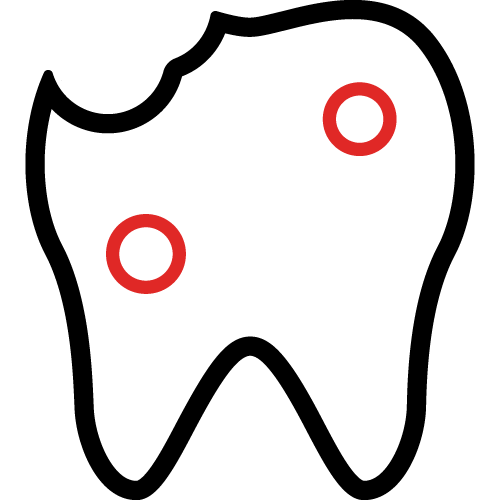
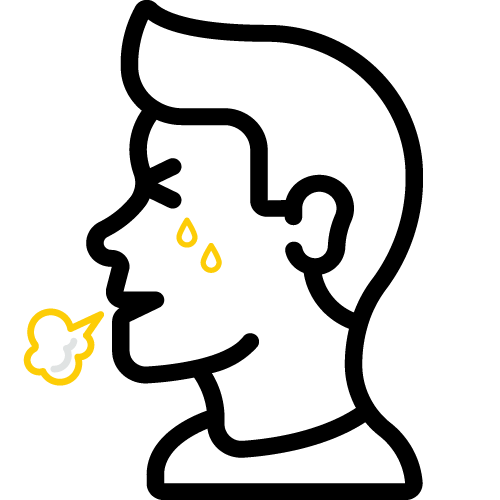
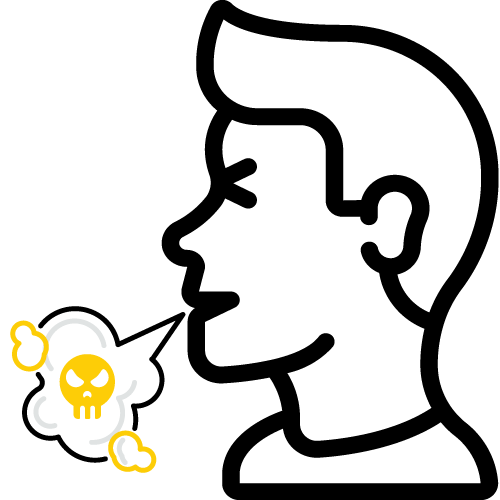
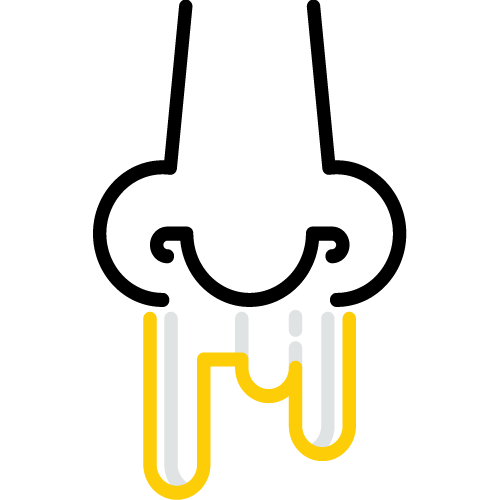
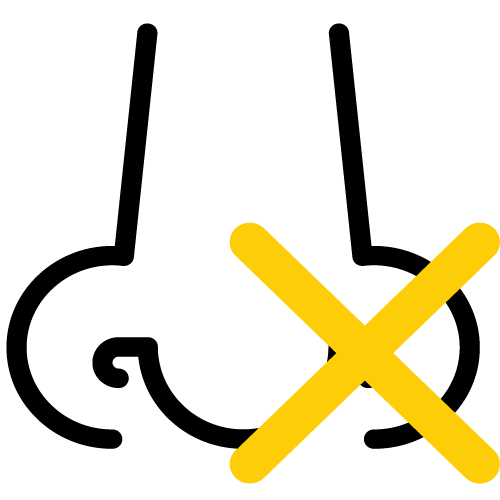
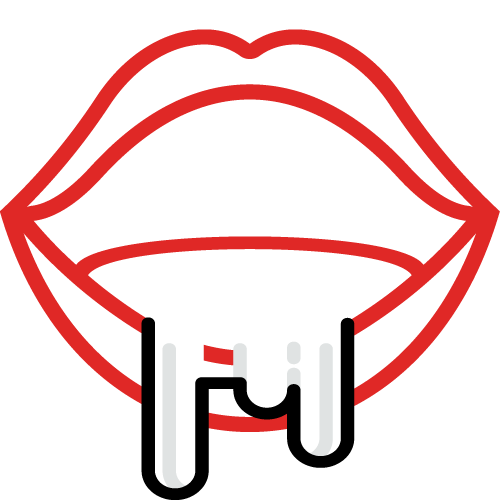
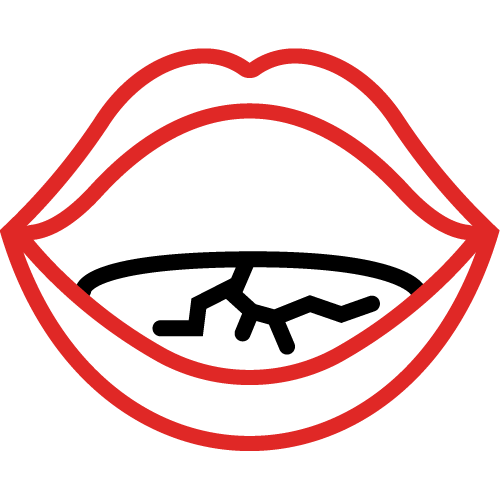
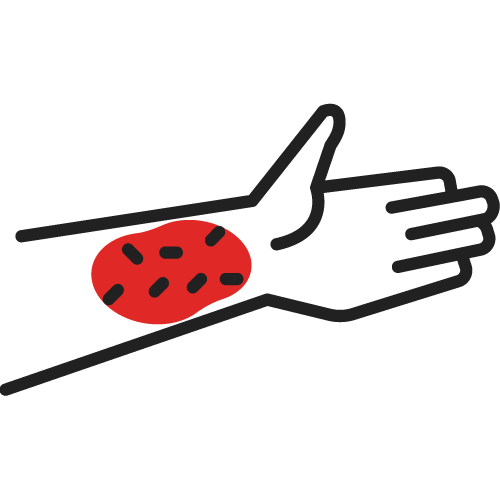
How Fixing Your Nose Can Lead to Better Treatment for Sleep Apnea
Now that you know more about what your nose is capable of (and responsible for), doesn't it make sense to make sure it's working as it should? People with sleep issues will normally also have nasal issues-OSA specifically is a throat issue that is made worse by nasal obstruction. When we can fix the nose and get it working properly, this opens up treatment options.
Obstructive sleep apnea is most often treated by the use of a CPAP (continuous positive airway pressure) mask and machine. This forced air flows through your nasal passages and prevents your throat from narrowing and collapsing. It's quite logical to make the connection that if your nose is obstructed in any way, the airflow will be resisted and restricted. This is many times the reason why folks new to the CPAP have such a hard time getting accustomed to it.
When the forced air doesn't have a clear pathway to the lungs, it has to go somewhere else. Then as the user you're left frustrated and uncomfortable, fighting pressure that's too high and a mask that leaks and doesn't fit or work as it should.
The bottom line is CPAP or Oral Appliance Therapy only works to treat sleep apnea if you use the device. If you have a nose that doesn't work, it makes using these devices very challenging. What happens? These people can't tolerate their devices…so they don't use them…so they don't treat their sleep apnea…so they don't get the healthy restful sleep they need…so their body pays the price of being deprived of oxygen every night…so they put themselves at higher risk of stroke, high blood pressure, anxiety, depression and a slew of other ailments.
This is why we start with the nose first!
By treating and fixing your nose - correcting the septum, reducing the size of enlarged turbinates, increasing the size of too-small sinus openings so they can function properly - you can clear your path to better breathing. Better breathing means better, more restful sleep and can even mean less dependence on supplemental treatment like a CPAP mask.
We have simple and elegant in-office procedures to treat your nose issues. Did you ever imagine?…


